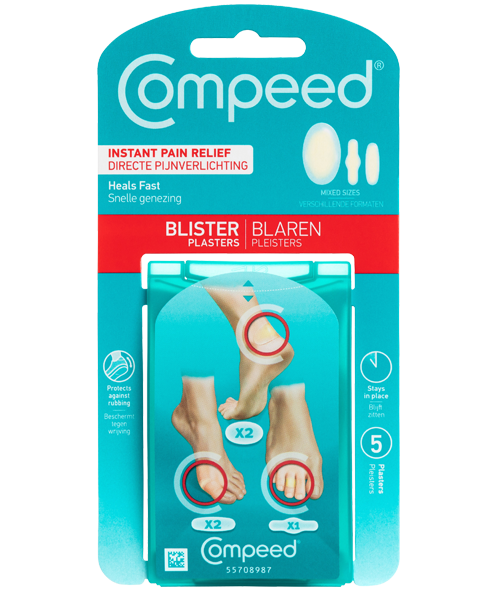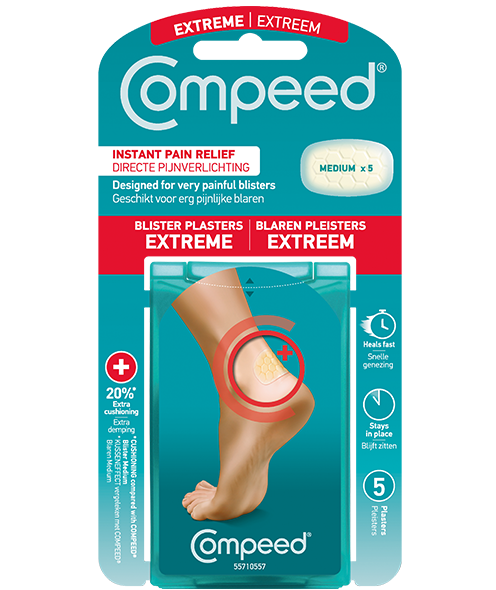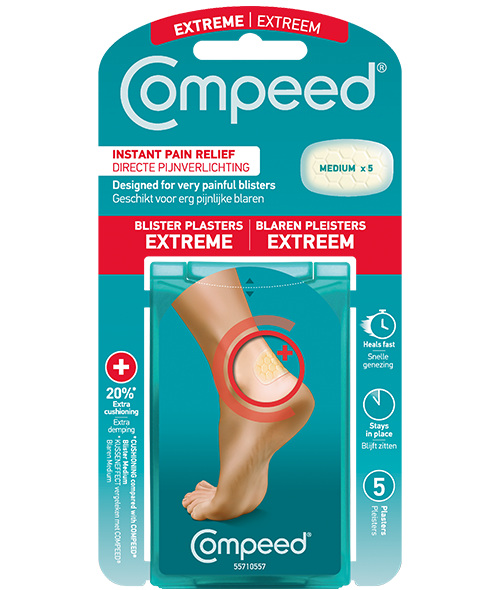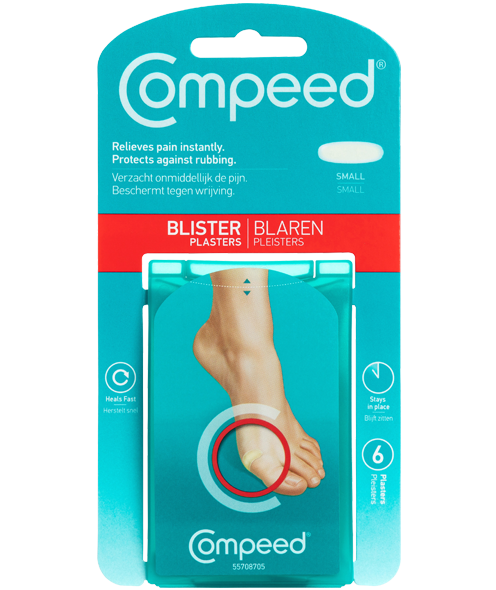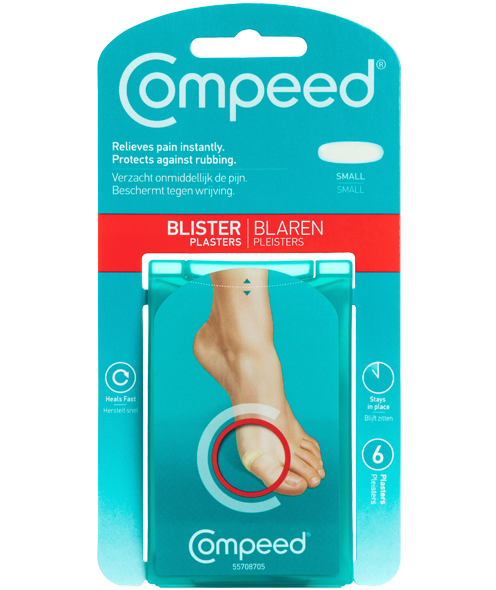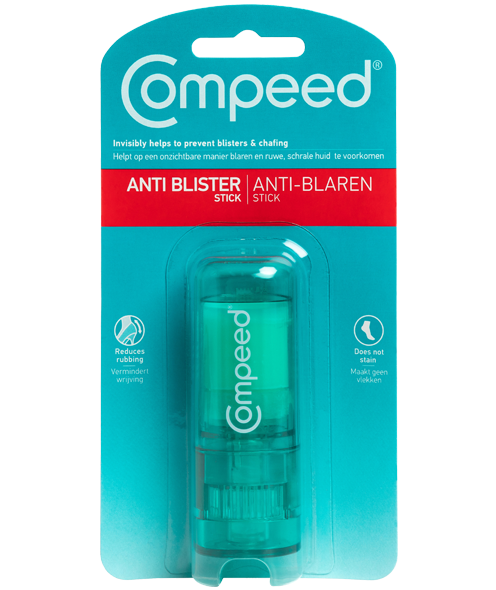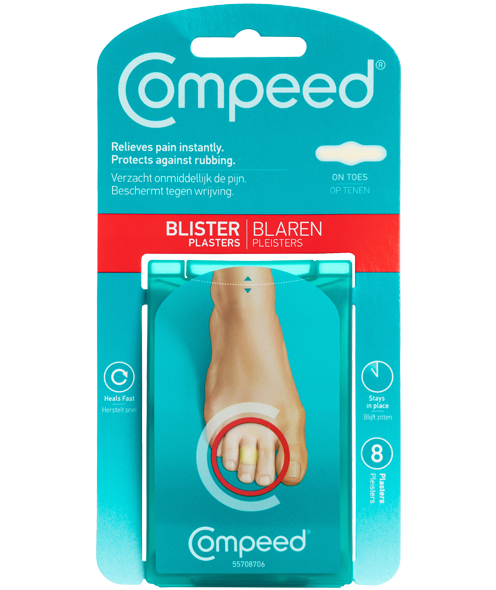Nothing can stop you in your tracks quite like a blister on your foot. Although they may be small, they can ruin a special occasion, a holiday, a fitness class or even just a day of running errands. Blisters happen to everyone and they can take several days to heal, but there are things you can do to prevent them, to ease the pain and to make recovery faster.
How do Friction Blisters Form
The most common type of foot blister for most people is the friction blister. They’re those pesky pockets of fluid that form on your foot in the upper layers of skin after too much stress and friction with your shoes. As the top layer of skin tears away from the tissues below, a plasma-like fluid leaks from the cells and begins to fill the gap, cushioning the tissue from further damage.


Preventing Blisters
The first way you can help prevent friction blisters is by wearing comfortable, well-fitting shoes. But if you know you’re going to have a long day on your feet, or if you’re breaking in new shoes, it’s wise to have an anti-blister stick on hand. Whenever you feel a blister coming on, immediately apply the anti-blister stick on the spot to prevent further friction from occurring.
There are lots myths around blisters, for example, many people recommend wearing cotton socks, but the cotton keeps moisture on the skin, which increases the friction, so we suggest specialist synthetic socks with breathable fabric. Another myth is to use foot powder on your feet to keep them dry and blister free, and while foot powder does help absorb a lot of perspiration, it’s good to remember that it can also clump together and cause more friction in the area.
Treating Blisters

If you do get a blister, proper treatment is the key to a quick recovery.
- Cover with a specialist blister plaster to keep it clean, dry and protected from further friction and stress.
- Resist the urge to pop or drain a blister. If the blister bursts on its own, don’t peel off the dead skin.
- Once it’s popped, gently wash the affected area with soap and water and cover it with a specialist blister plaster to keep it clean.
A common mistake people make is to take the plaster off at night to let air to the blister. Blisters heal faster in a moist healing environment i.e. when covered with a COMPEED® blister plaster. The plaster should be left on until it starts to peel away – this is an indication that the blister has healed. See your doctor if you experience common symptoms of an infection such as; pain, swelling, redness or warmth, red streaks leading away from your blister, or pus coming from it.






